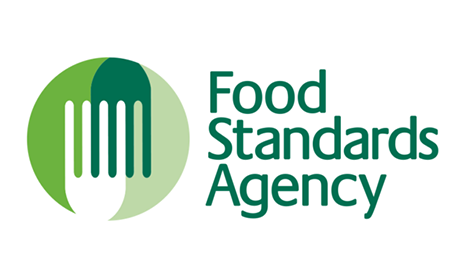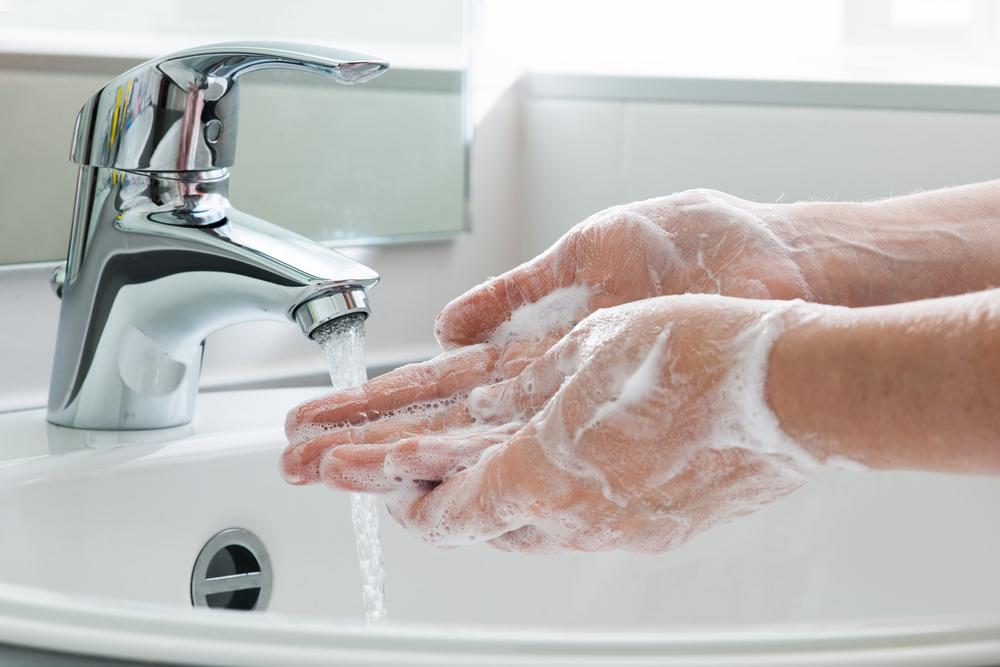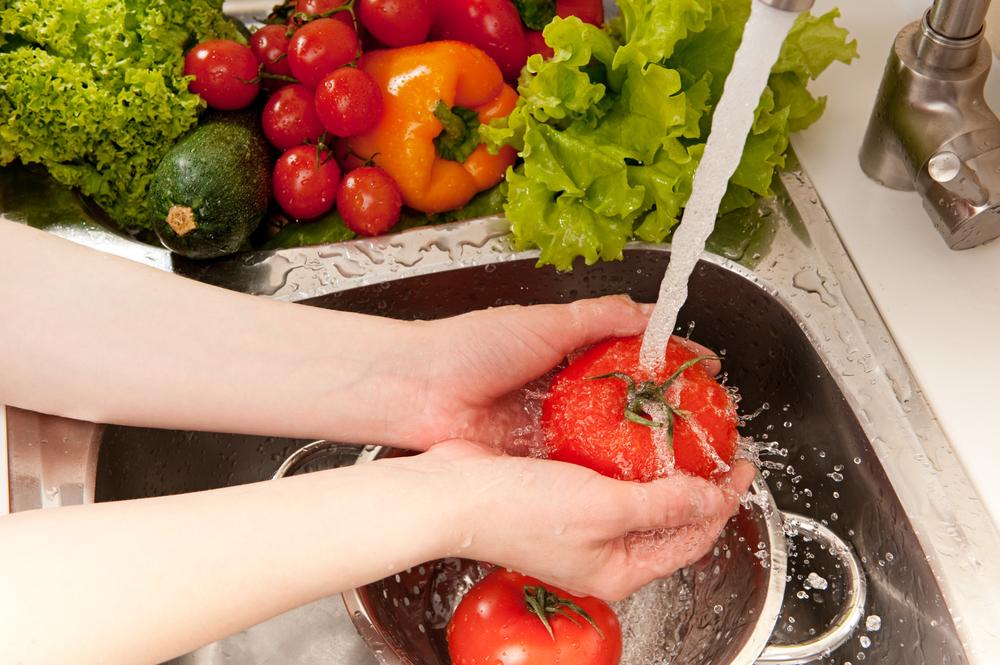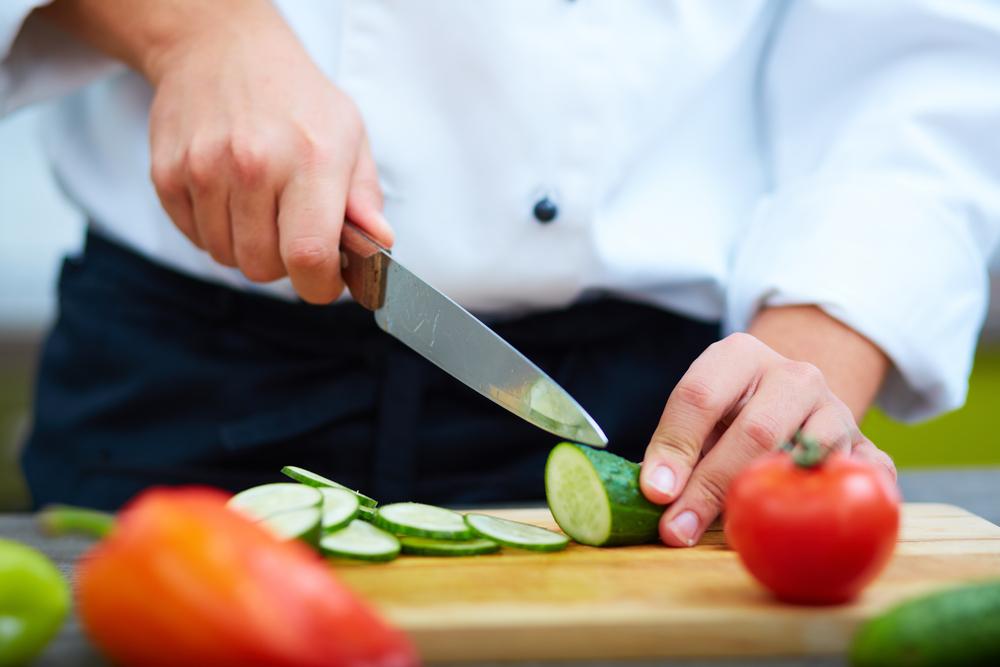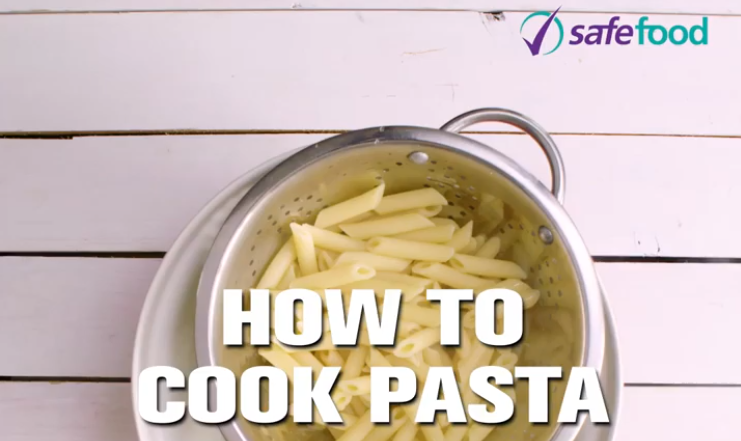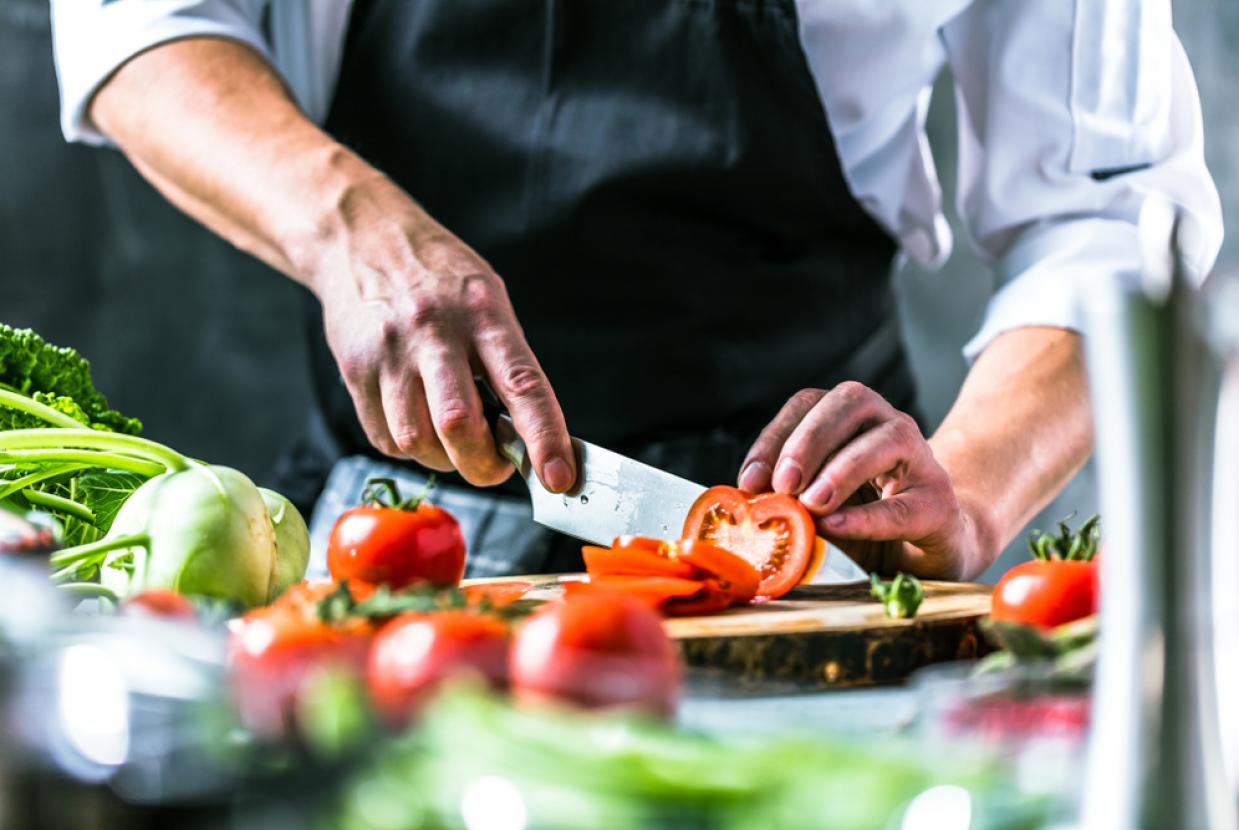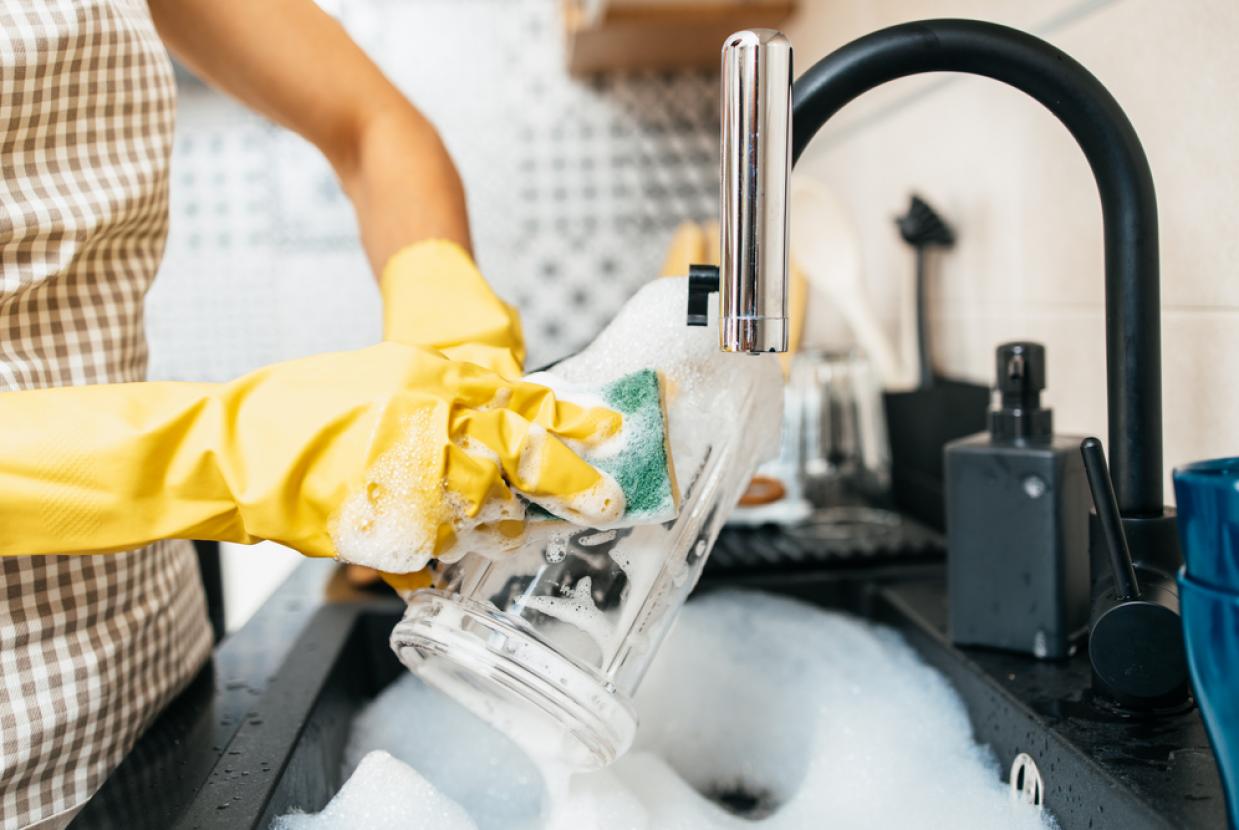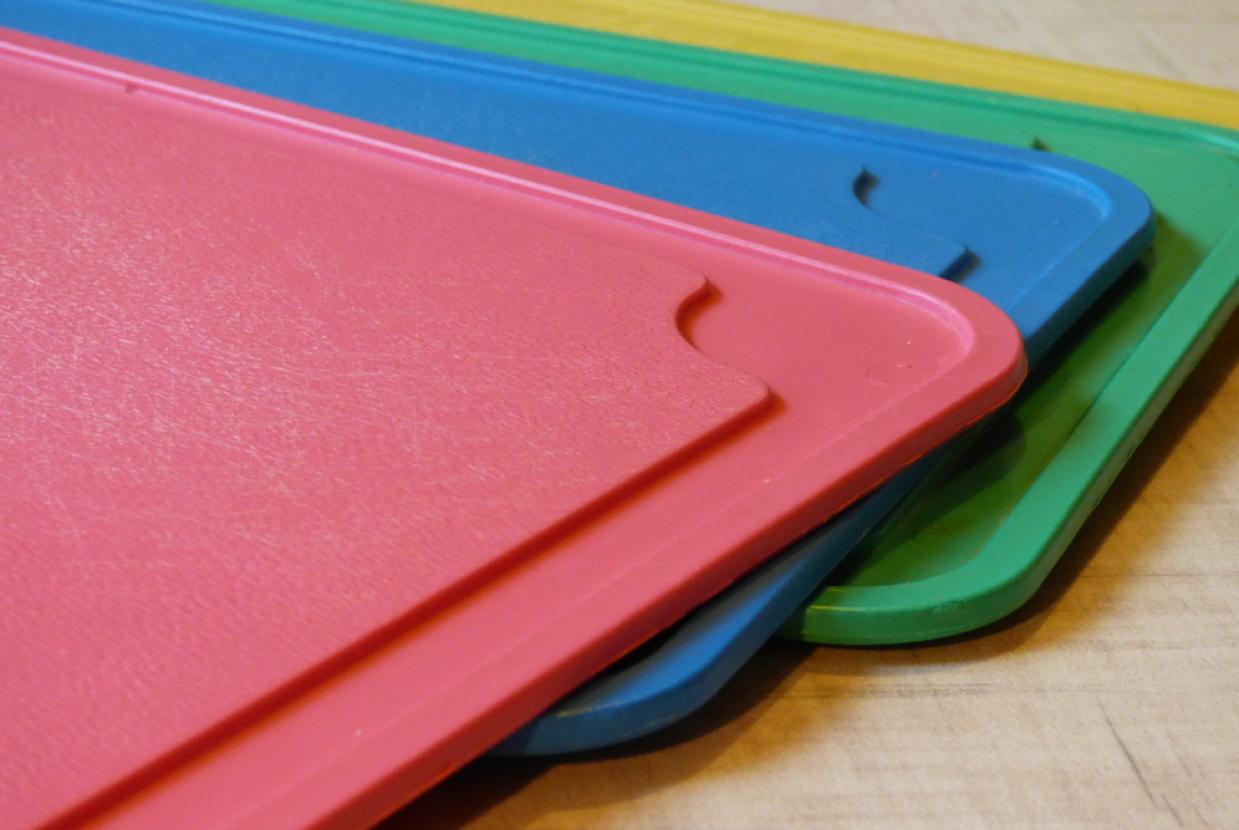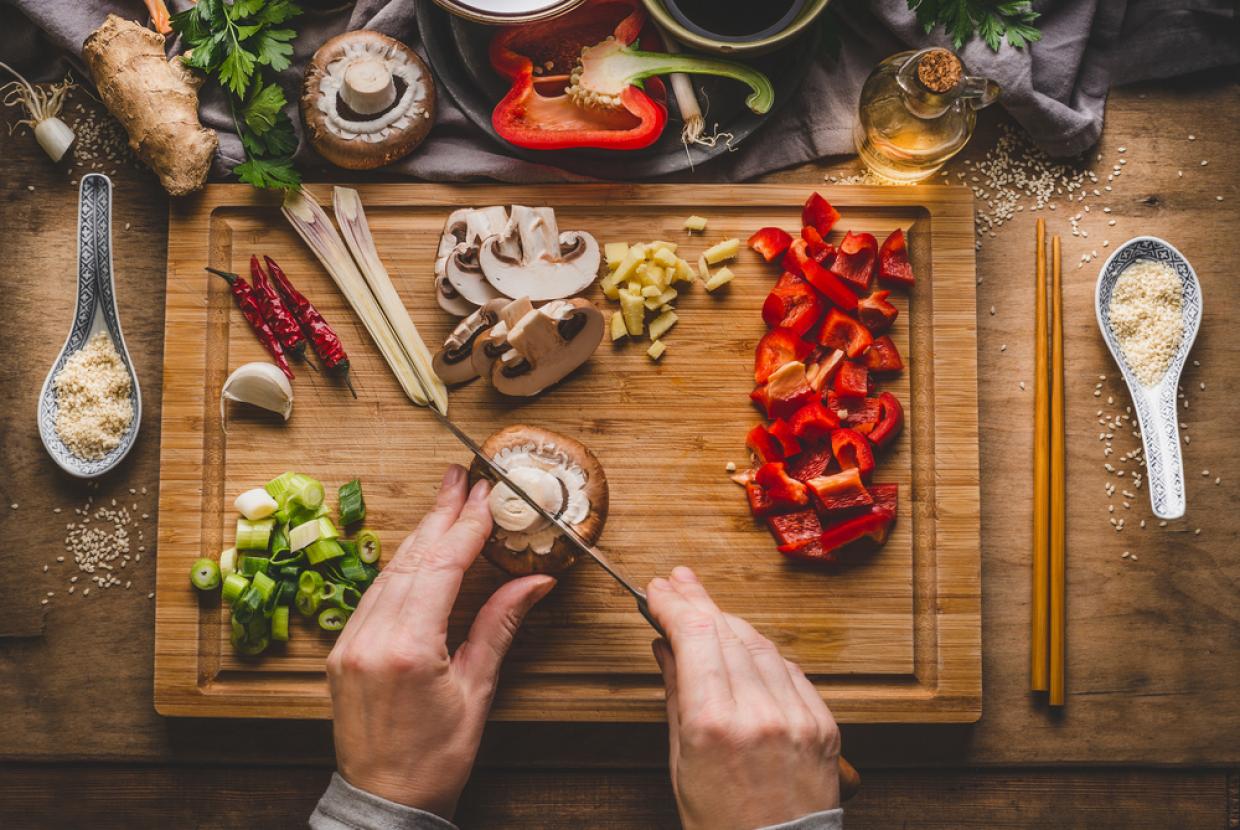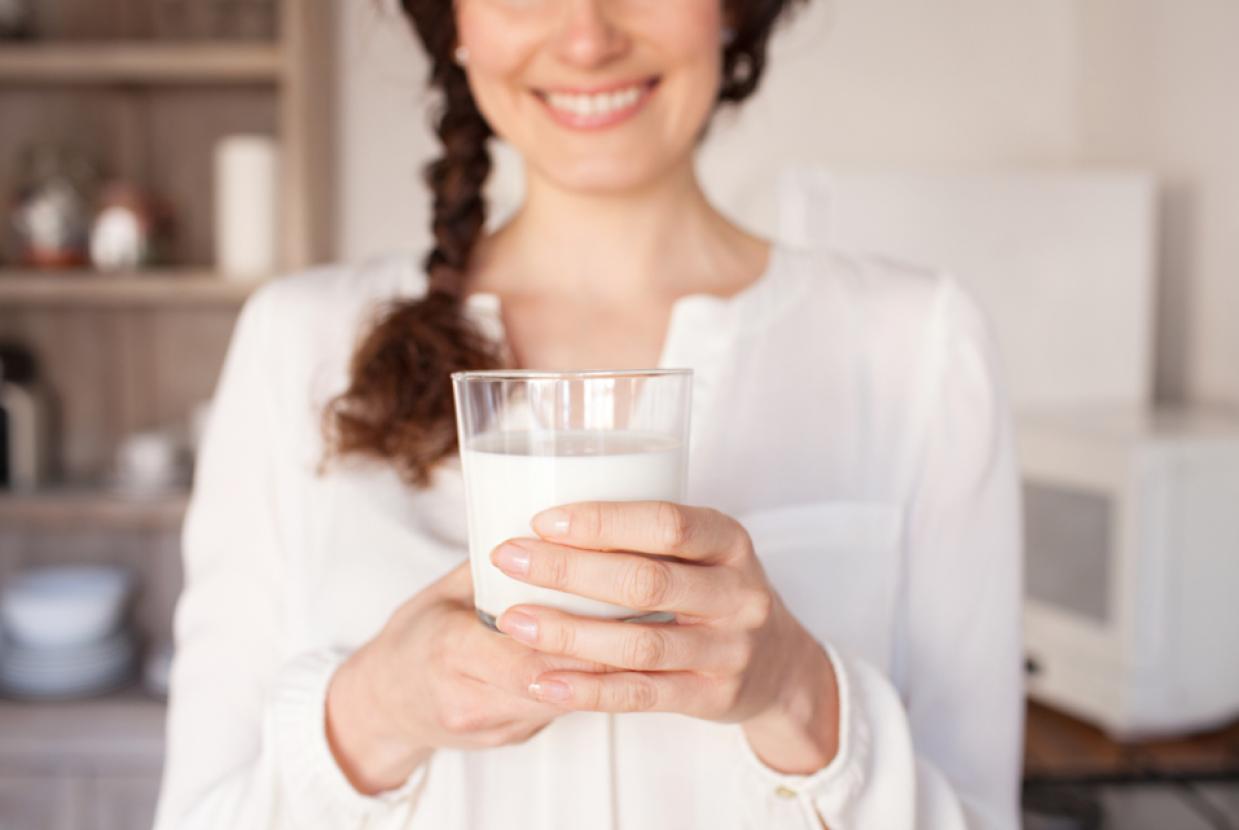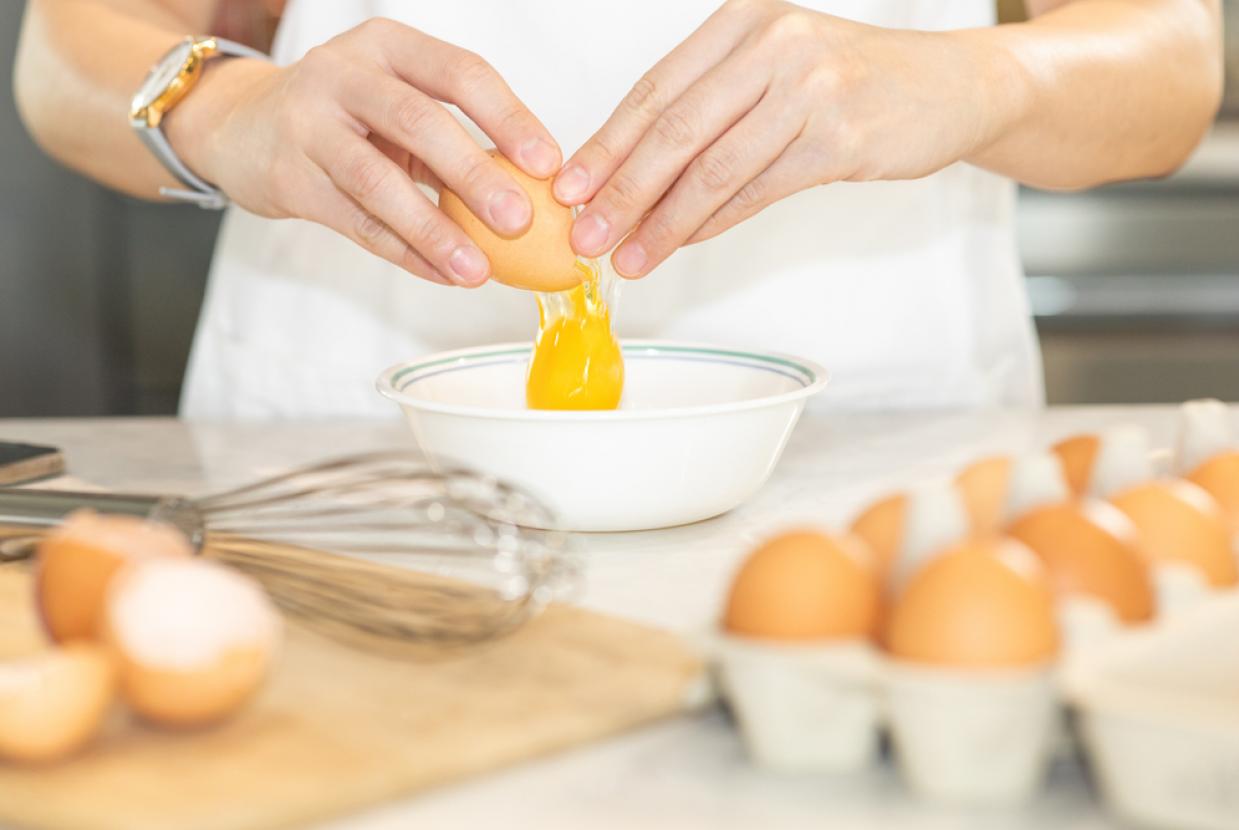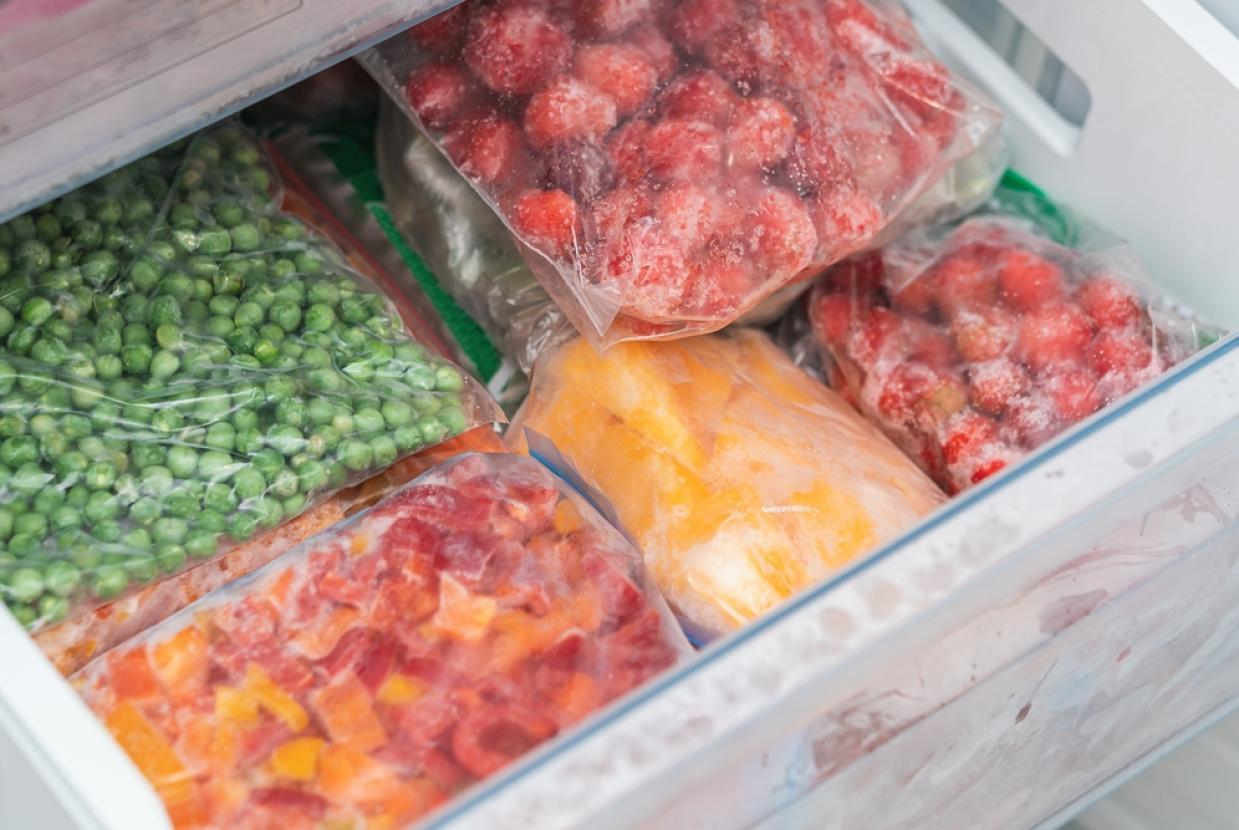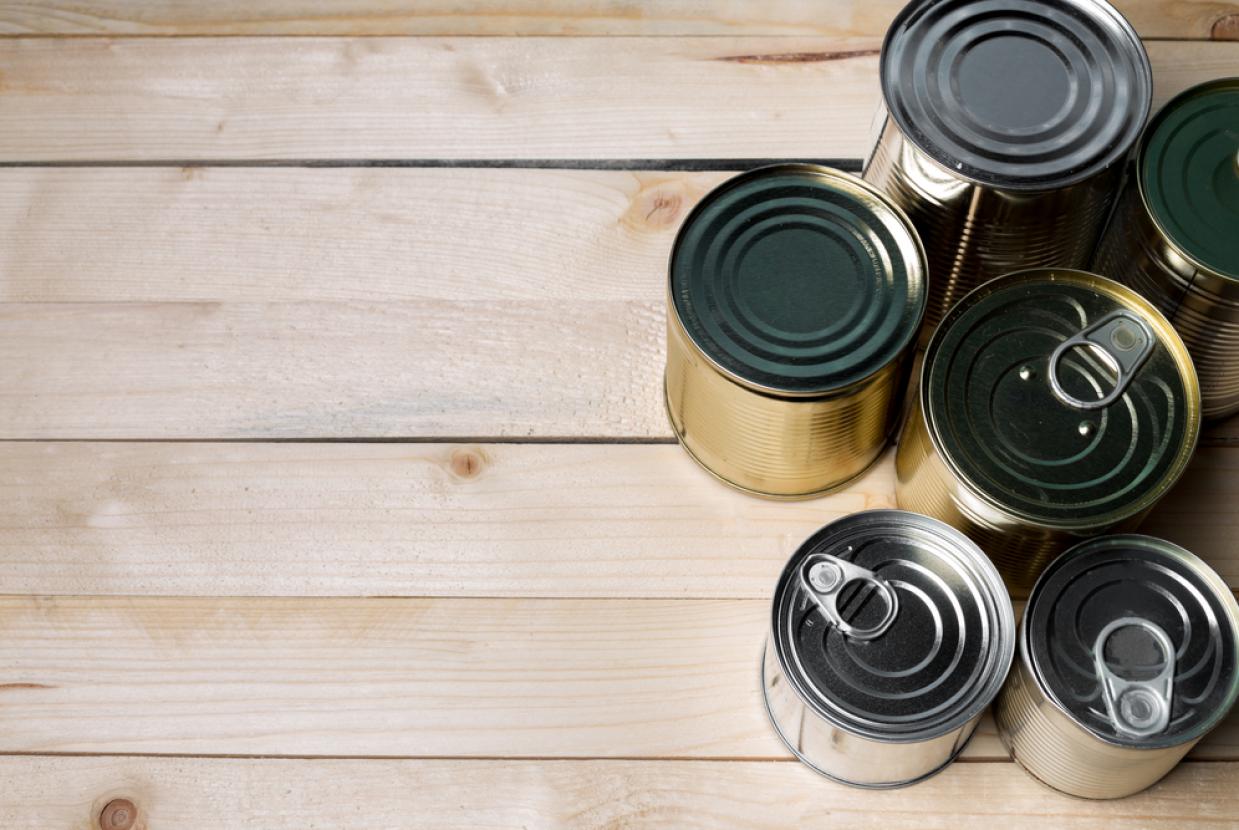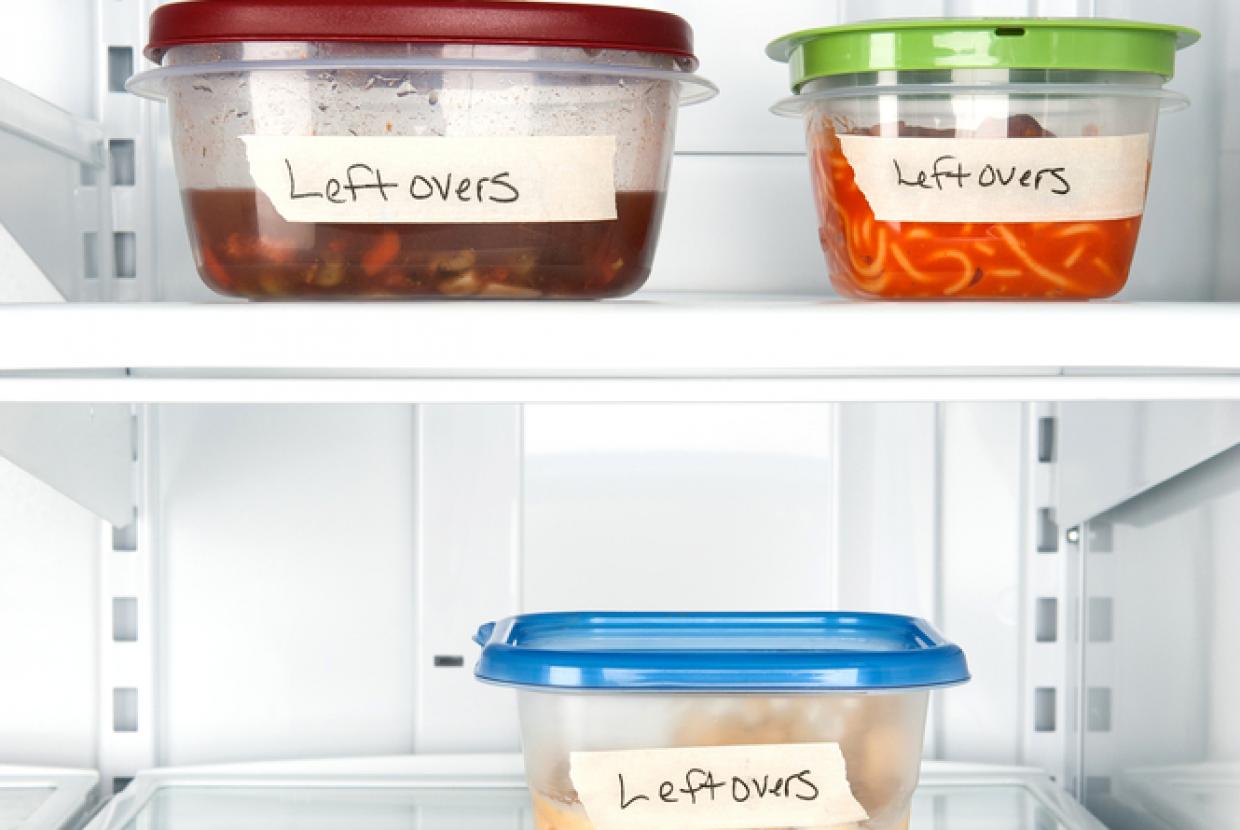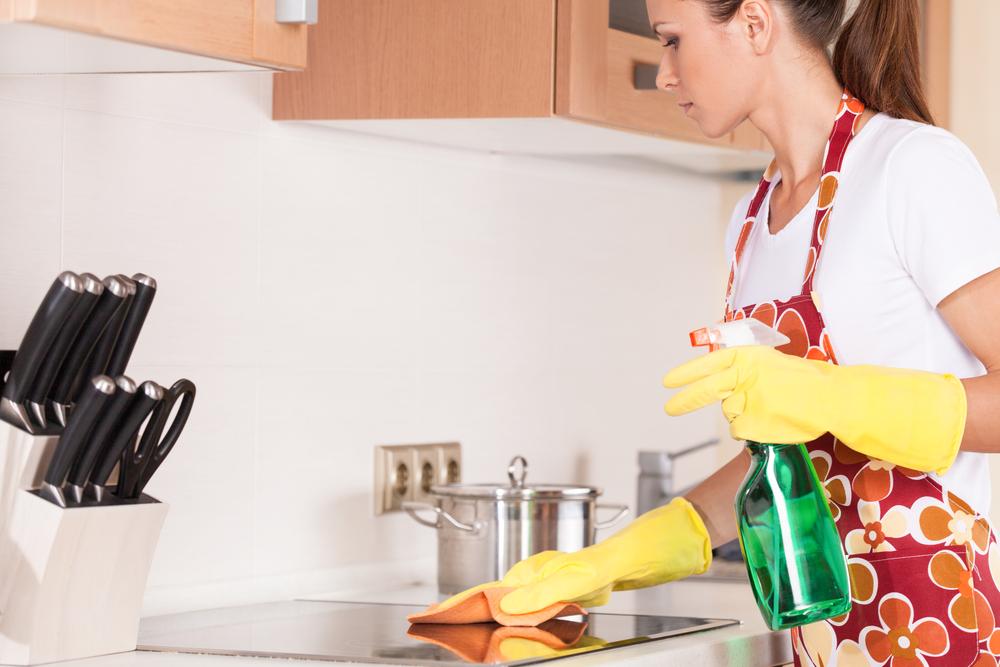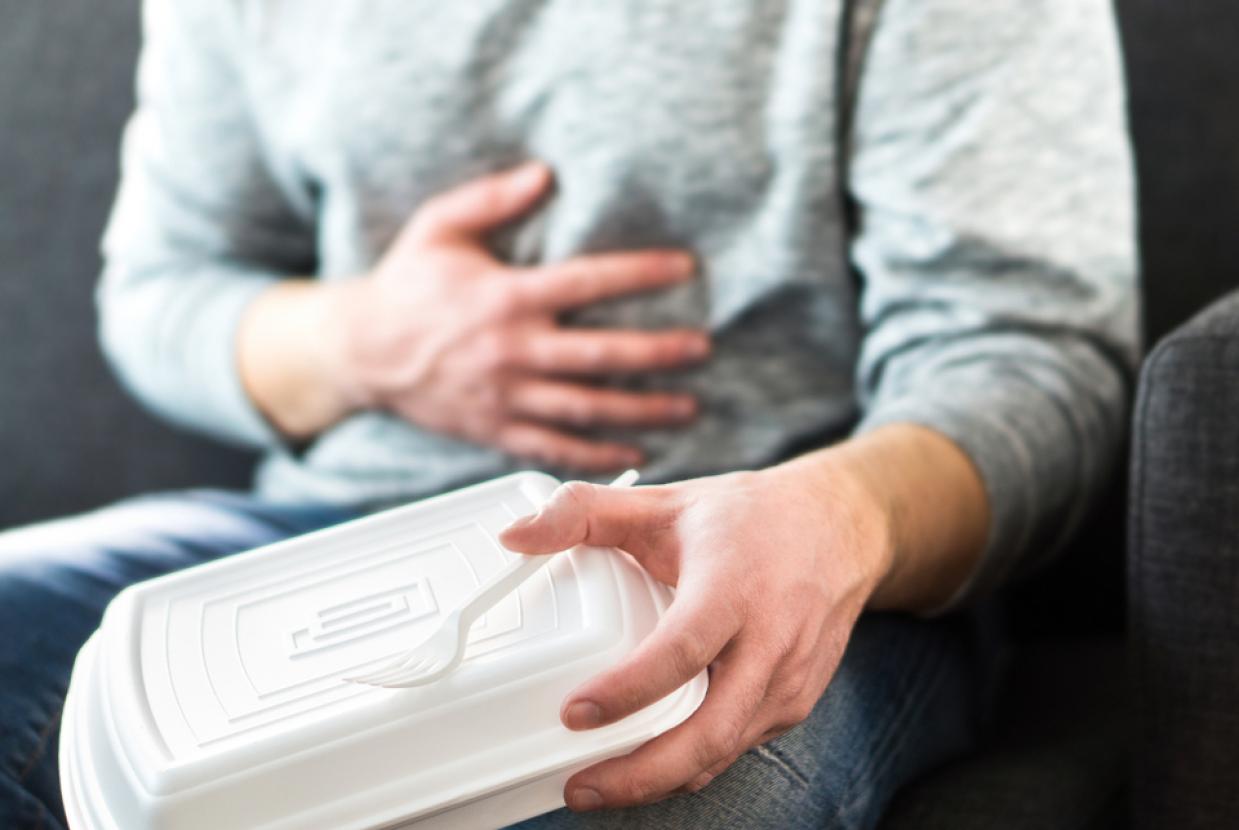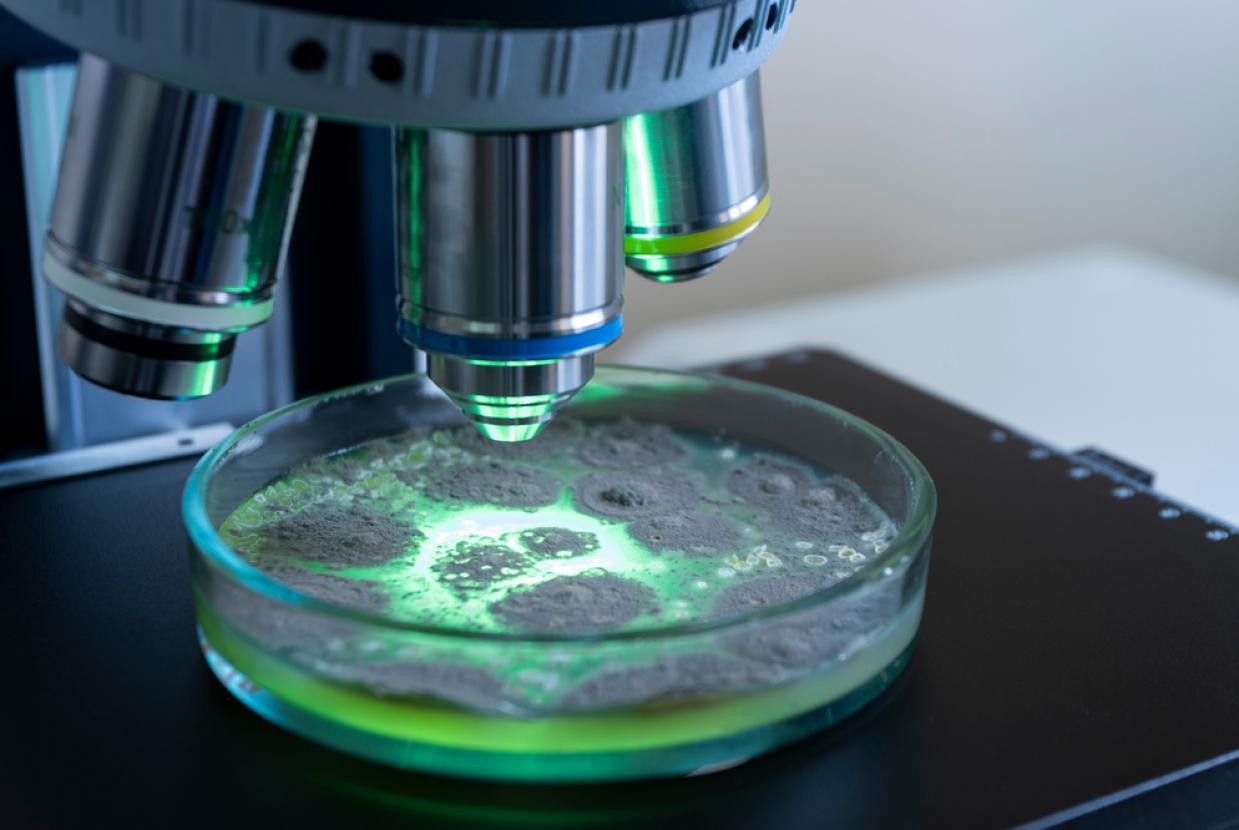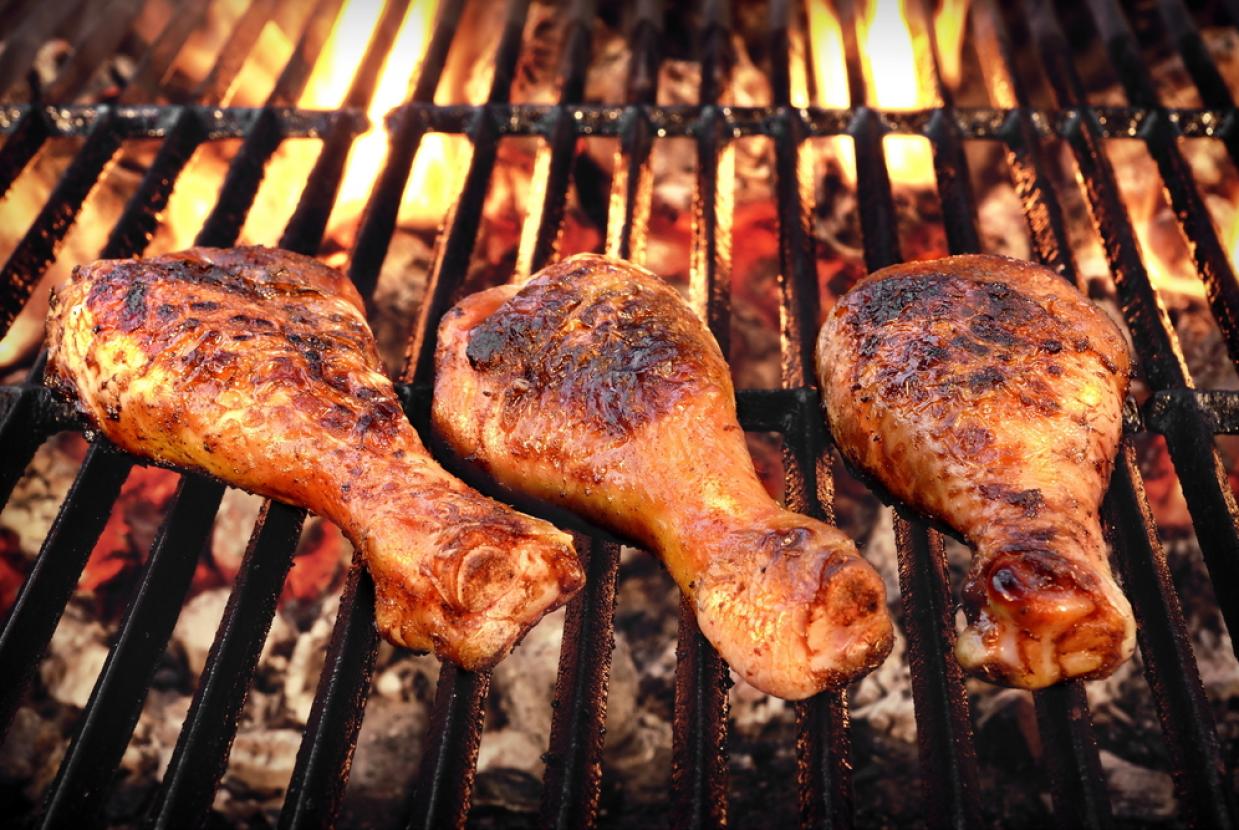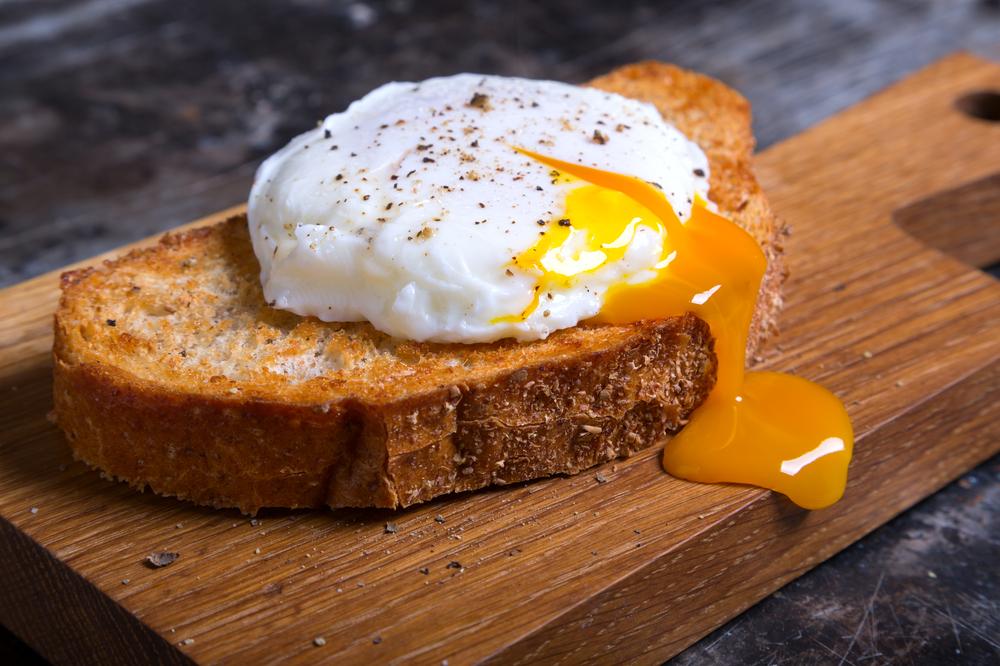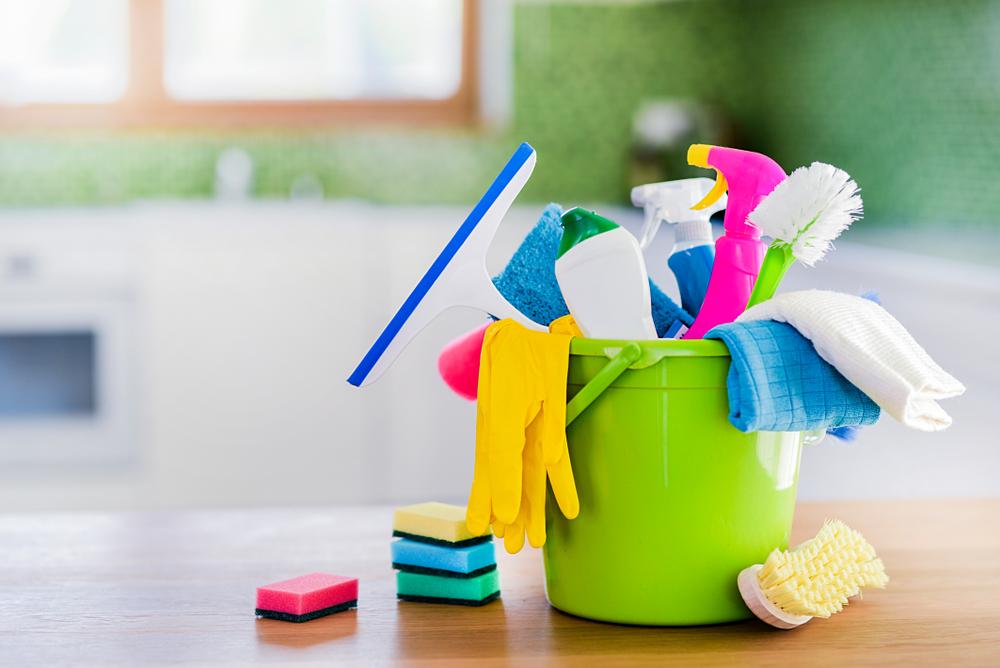Chilling
Chilling food properly helps stop harmful bacteria from growing. To keep your food safe:
- store any food with a 'use by' date, along with cooked dishes, salads and dairy products, in your fridge
- keep chilled food out of the fridge for the shortest time possible during preparation
- cool cooked food quickly at room temperature and then place in the fridge within one to two hours
- please follow the storage instructions on packaging, including the best before and use-by dates
You need to check that your fridge is cold enough using a fridge thermometer. This is because the dials on fridges don't always show you the right temperature. Your fridge should be 5°C or below.
Don't overfill your fridge. Leaving space allows air to circulate and maintains the set temperature. If your fridge is looking full, take out items that don't need to be chilled, such as beer. This will make room for the items that do need to be chilled for safety reasons, such as raw, ready-to-eat and cooked food.
Freezing your food
A freezer acts as a pause button - food in a freezer won't deteriorate and most bacteria cannot grow in it. You can freeze pre-packaged food right up to the 'use by' date. Leftovers and homemade goods should be frozen as soon as possible. Make sure any warm dishes are cooled before putting them in your freezer. To stop the cold air in your freezer from drying out your food you can:
- place food in an air-tight container
- wrap it well in freezer bags or freezer wrap
It doesn't matter if you cook your meat from frozen or fresh, you can use your leftovers to make a new meal. This new meal can then be frozen, but make sure you only reheat it once. Love Food Hate Waste have for more information on freezing leftovers, including recipe ideas.
Check packet instructions to ensure that foods are suitable for freezing, especially for Ready-To-Eat foods.
Hitting the pause button
The cold temperatures of a domestic freezer (-18°C) delay chemical reactions within foods and put any bacteria that may be present on pause. The bacteria are still alive, but they stop growing or producing toxins, in effect pausing reactions.
The important thing to remember is that because the bacteria haven't been killed, they may be revived as the food defrosts. Make sure the food never enters the Danger Zone because the bacteria may grow and make you ill. This is why you should defrost food within a fridge.
It is also the reason why we advise foods can't be refrozen if they are accidentally defrosted, unless they are first cooked. If the food has been defrosted it must be cooked before being eaten to be safe. Once defrosted, foods should be consumed within 24 hours.
Defrosting your food
When you take your food out of the freezer, it's important to defrost it safely before cooking or eating it. Don't defrost food at room temperature. Ideally, food should be defrosted fully in the fridge. If this isn't possible, use a microwave on the defrost setting directly before cooking. Check the guidance on food packaging and allow enough time for your food to defrost properly. Large items, such as a 6-7kg Christmas turkey, can take up to 4 days to defrost fully in the fridge.
Make sure your food is fully defrosted before cooking. Partially defrosted food may not cook evenly, meaning that harmful bacteria could survive the cooking process. Once food has been defrosted, eat it within 24 hours.
Why is it important to chill and defrost your food properly?
Some foods need to be kept in the fridge to help slow down bacterial growth and keep them fresh and safe for longer. Generally, the colder the temperature the slower bacteria will grow, but cold temperatures don't stop bacteria growing altogether (for example, listeria monocytogenes).



